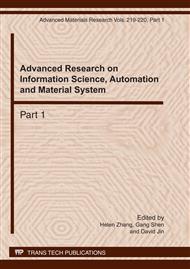p.1045
p.1049
p.1055
p.1060
p.1064
p.1069
p.1073
p.1077
p.1081
Constructing a Managerial Performance Model for the B&B Industry
Abstract:
The locally vigorous development and highly competitive B&B industry in Taiwan has long been emphasized by governmental sectors and the private investors with continuous increase in its importance. The study applied a collection of relevant literature on explorations of B&B management, using Delphi Method to interview the scholars, officers, and business operators, and supplemented by Analytical Hierarchy Process (AHP) weight questionnaires to calculate the importance relationship between the B&B management performance indicators of Taiwan, thereby to construct the complete model. The study results showed the criteria on “information and resources” and the “accommodation quality” to be most important. The indicators on “local characteristics,” “atmosphere” and “unique style” were the three most important factors. The study intended to satisfy requirement from all types of consumers with results to be used as the important reference for future B&B related industry in the practical management and self-performance evaluation.
Info:
Periodical:
Pages:
1064-1068
Citation:
Online since:
March 2011
Authors:
Price:
Сopyright:
© 2011 Trans Tech Publications Ltd. All Rights Reserved
Share:
Citation:


